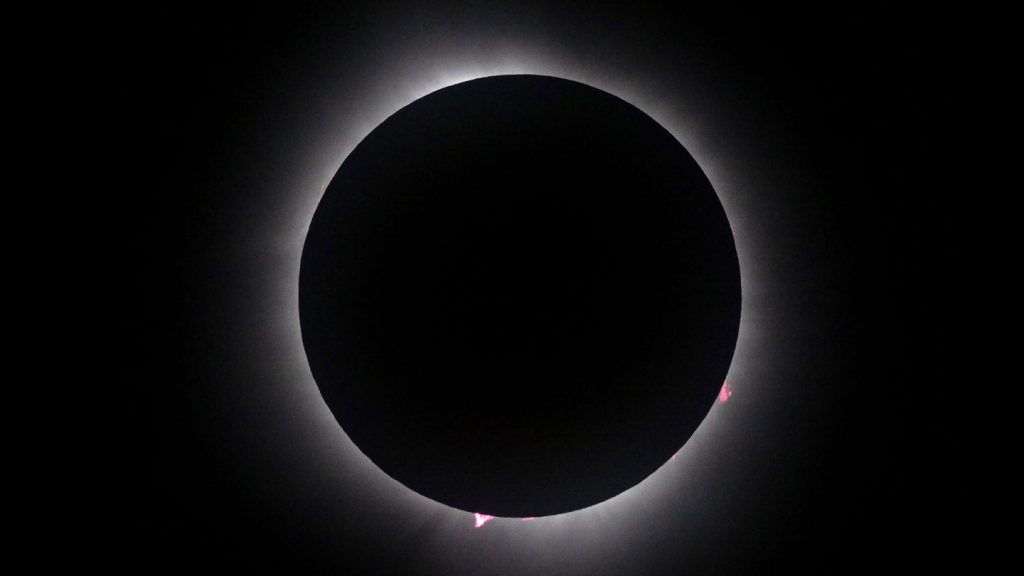On April 8, a total solar eclipse was observed by millions of people across North America, including a group of scientists led by Darci Snowden, a space physicist at Central Washington University. The team was in Wills Point, Texas, launching weather balloons to study the eclipse’s effect on the atmosphere. Despite potential thunderstorms and cloud cover in the forecast, they were able to capture valuable data.
Total solar eclipses provide rare opportunities to study the sun and its impact on Earth. Snowden’s team was particularly interested in the planetary boundary layer and the formation of gravity waves in the lower atmospheric layers. These waves play a significant role in atmospheric dynamics, influencing factors like turbulence, heat transfer, and chemical mixing across the planet.
To collect data, the team launched a series of 30 weather balloons equipped with radiosondes to measure temperature, humidity, pressure, and wind conditions. The balloons were launched before, during, and after the eclipse to establish baseline readings and track any changes caused by the celestial event. The goal was to confirm the presence of gravity waves and their effects on Earth’s atmosphere.
The team’s data, along with that from around 40 other teams participating in NASA’s Nationwide Eclipse Ballooning Project, will be used to analyze the eclipse’s impact on the atmosphere and help improve short-term weather predictions and long-term climate models. The study of gravity waves during the eclipse could provide valuable insights into atmospheric dynamics and wave propagation.
In other locations, researchers like Fabiano Rodrigues at the University of Texas, Dallas, were studying the ionosphere using satellite signal detectors to monitor changes in electron content during the eclipse. By observing how the ionosphere deionizes in response to the sudden darkness caused by the eclipse, Rodrigues and his team aim to refine models of ionospheric behavior and its effects on satellite transmissions.
Despite some cloud cover during the eclipse, the teams of scientists and citizen scientists all around the country conducted various experiments to gather data and observe the celestial event. Each group had specific research goals, from studying gravity waves to monitoring ionospheric changes, with the hope of enhancing our understanding of the Earth-sun relationship. The collaborative effort may yield crucial insights into atmospheric processes and solar impacts on our planet. After the eclipse, scientists like Snowden and Rodrigues reflected on the unique experience and the valuable data collected during the celestial event.


